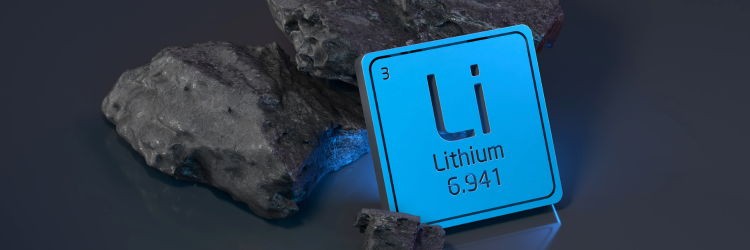AI Finds New Material to Reduce Lithium in Batteries
Move over Lithium; there’s a new material in town. Researchers have discovered a material that might reduce Lithium use in batteries thanks to AI and supercomputing. Microsoft and Pacific Northwest National Laboratory (U.S. Department of Energy) narrowed down 32 million inorganic materials to a short list of only 18—and they did it in less than a week. Compare that to the 20-plus years it would take using traditional methods. Once they identified the materials, the team developed a working battery prototype in less than nine months.
The problem with Lithium is that the world will likely face a shortage of it by 2025, and demand will increase tenfold by 2030. Lithium mining greatly impacts the environment and requires large amounts of water and energy. Byproducts include severely scarred landscapes and toxic waste.
Dubbed N2116, the AI-derived material is a solid-state electrolyte tested by scientists who took it from a raw material to a working prototype. Solid-state batteries like this one are safer than traditional liquid or gel-like batteries, giving this potential to be a sustainable energy storage solution. Faster-charging solid-state Lithium batteries promise to be even more energy-dense, with thousands of charge cycles.
The technology is a new type of AI that Microsoft created. They trained it on molecular data so it could figure out chemistry. After identifying the 18 material candidates, battery experts at PNNL chose the final substance to work on in the lab. PNNL could modify, test, and tune the chemical composition of the material and quickly evaluate its technical viability for a working battery.

